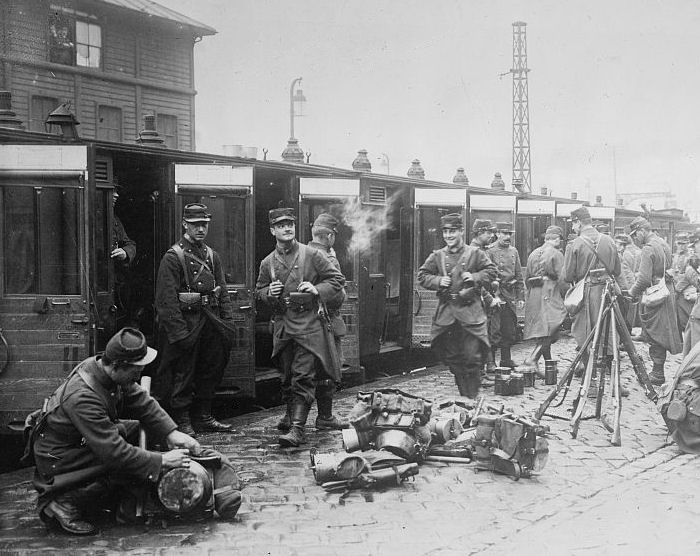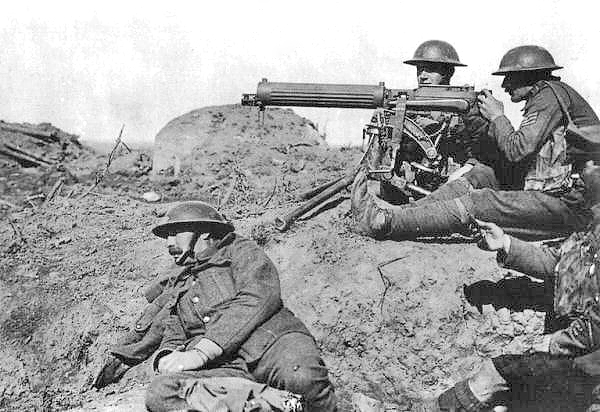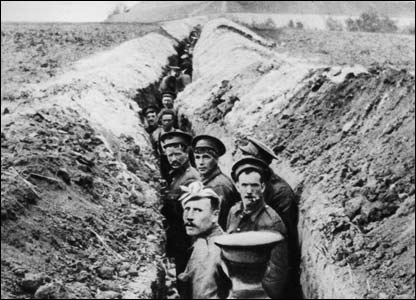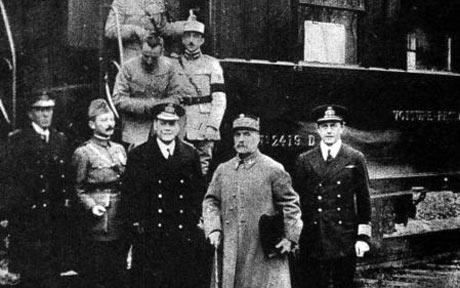Now that that's out of the way...
The First World War is going to finally end this week, so, a quick synopsis of the second most bloody war of all time…
In 1914, Europe was experiencing peace and prosperity. Then, a Serbian nationalist assassinated Archduke Ferdinand, the heir to the throne of the Austro-Hungarian Empire, which owned a large portion of Central Europe. Quickly figuring out that Serbia was responsible for the assassination, Austro-Hungary mobilized for war (this meant commandeering pretty much every train in the Empire and using them all to transport the army south towards Serbia. It would take a couple of weeks.)

Meanwhile, Russia started making noise because they had a defense treaty with Serbia. They threatened to attack Austro-Hungary if Austro-Hungary attacked Serbia. But Austo-Hungary had a treaty with Germany, and they said if Russia attacked Austro-Hungary, Germany would attack Russia. Russia had a treaty with France. France said if Germany attacked Russia, then France would attack Germany. Get yer program! Can’t tell who’s fightin’ who without a program!

Since it takes a couple of weeks to mobilize an army – get everyone their guns and ammo, and transport them to the border – everyone started mobilizing for war. After all, you wouldn’t want to be caught just a week into your mobilization when your enemy was already done with his and crossing your border. Plus, diplomacy was very different back then. It was more geared to ambassadors meeting in palaces every few months to work out some minor issue. A giant, complicated crisis like this one was beyond their ability to control.
So Germany and Austro-Hungary went to war with Serbia, Russia, France, and England (which was mad that Germany had run over poor little Belgium.) Within a few months, Italy, Romania, Bulgaria, Greece, Australian, New Zealand, Canada, Turkey (the Ottoman Empire) and Japan had joined the war.

Engineering and science had made great strides since the last “big” war in Europe (almost a century before,) and generals had no idea how to actually use or defend against new inventions like long range artillery and machine guns. So, one army would send wave after wave of soldiers storming across an open field, only to have them all killed by the enemy’s machine guns. Then the enemy would counter-attack by sending wave after wave of soldiers across, and the first army would kill them all with their own machine guns. There were single days during the war when tens of thousands of men died in this way, for no gain, for no purpose at all.
Between 1914 and 1918, if you were a young man living in one of the principal countries at war, you had a 1 in 5 chance of dying.
The U.S. remained neutral until late 1917 when public opinion shifted after it was revealed that Germany was trying to get Mexico to attack the U.S.

By the end of 1917, in England, France, Germany, Italy, Turkey and Austro-Hungary, there were simply no young men left to fight. They were all dead, horribly wounded, or already huddled in a trench somewhere. Europe was out of guys (the Russian soldiers had already mutinied and left the front, heading home to fight in the Russian Revolution.)
Then the U.S. Army started showing up, fighting alongside the French and English. They poured four million men into France during 1918. Germany realized that there was no way to win the war. The Kaiser abdicated and fled the country. In Austro-Hungary, all the little ethnic groups that made up the Empire declared their independence. The Emperor abdicated as well. By the end of 1918, the guns were silent. An estimated ten million men had died. Millions of civilians – probably tens of millions – had been killed, displaced, horribly wounded, or were starving to death far from home.

The Allies declared themselves the winners. Germany was forced to sign a treaty taking responsibility for the war, and promising to pay the Allies a gigantic sum of money and goods as punishment for their part in the war.
These reparations depressed Germany’s already fragile economy and kept most of the population in a state of poverty. That’s when Adolph Hitler came along and harnessed all the frustration and simmering anger in Germany.
So the seeds of World War 2 were sown in World War 1. And the seeds of the Cold War were sown in World War 2. In a way, all three are just a continuation of the same conflict, started because of one random assassination.
But now, finally, on October 3rd, 2010, Germany will make its final payment to the Allies, bringing the First World War officially to an end, a mere 96 years after it started.
Europe is united as never before in history. There are still many kinks to work out, many problems to solve, but it certainly seems like the continent will never be plunged into the kind of war it endured from 1914 to 1918.
Of course, that was also the popular opinion in 1910…